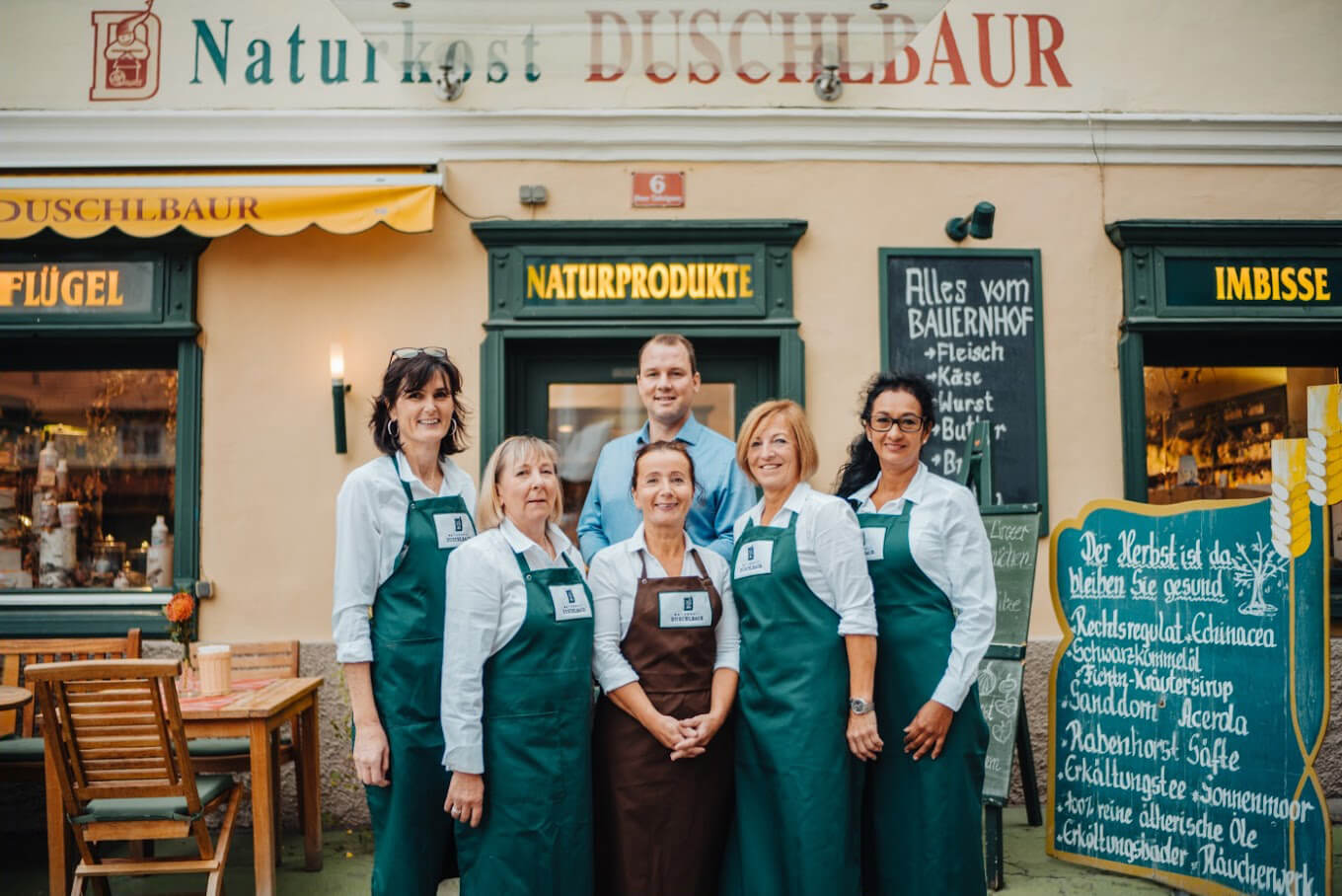The natural ingredients of theSilver Linden Gemmo Mazeratesare: Fresh buds of silver linden, vegetable glycerin, alcohol, water
OurDuschlbaur's silver linden tree (tilia tomentosa) gemmo maceratecan be taken as a supportive measure for:
- Difficulty falling asleep and staying asleep
- Fear
- melancholy
- Depressive moods
- Mental unrest
- Inner tension
- stress
- Heart palpitations
The simultaneous intake of conservative medicines and Duschlbaur's Silver Linden (Tilia tomentosa) Gemmo Macerate is possible without any problems.
Linden buds – the soothing buds of the silver linden
The silver linden tree is native to Central Europe. It is a popular avenue and street tree because of its high resistance to heat, summer drought, frost, air pollution, dust, and exhaust fumes.
The silver linden tree belongs to the mallow family (Malvaceae) and forms a genus in the subfamily Tilioideae. It is characterized by remarkable growth performance. At the age of five, it can reach a height of up to 3 meters. It grows most rapidly between the ages of 15 and 20, reaching up to 35 meters. Although the silver linden tree can live up to 200 years, its growth slows after the age of 20.
The bark is gray-green. The wood of the silver linden is yellowish-white. It is easy to work and is used as framing wood for furniture, wooden containers, boxes, plywood, toys, and much more.
The silver linden tree has a light, silvery, felt-like hair on the underside of its leaves, which gives it its name. The silvery underside of the silver linden tree serves a special purpose: in sunlight, the silver linden turns the silvery underside of its leaves upward. The silvery leaves reflect UV rays, thus protecting the linden tree from drying out. Before the leaves shed in autumn, the leaves turn a golden yellow.
Unlike other native linden species, the silver linden only blooms in July. The linden blossoms exude an enchanting, honey-sweet aroma. Breathe in these aromas with all your senses, and you'll feel your mood instantly lift. The sweet scent attracts bees and bumblebees. Beekeepers value the linden tree as a honey bee pasture.
The flowers, which hang in umbels, develop into spherical, ribbed fruits. Towards the end of June, the fruits have a soft texture. They can be pickled in brine or vinegar, for example, like capers. When fully ripe, the fruits can be peeled and are suitable as a vegetable snack or as a healthy salad garnish.










